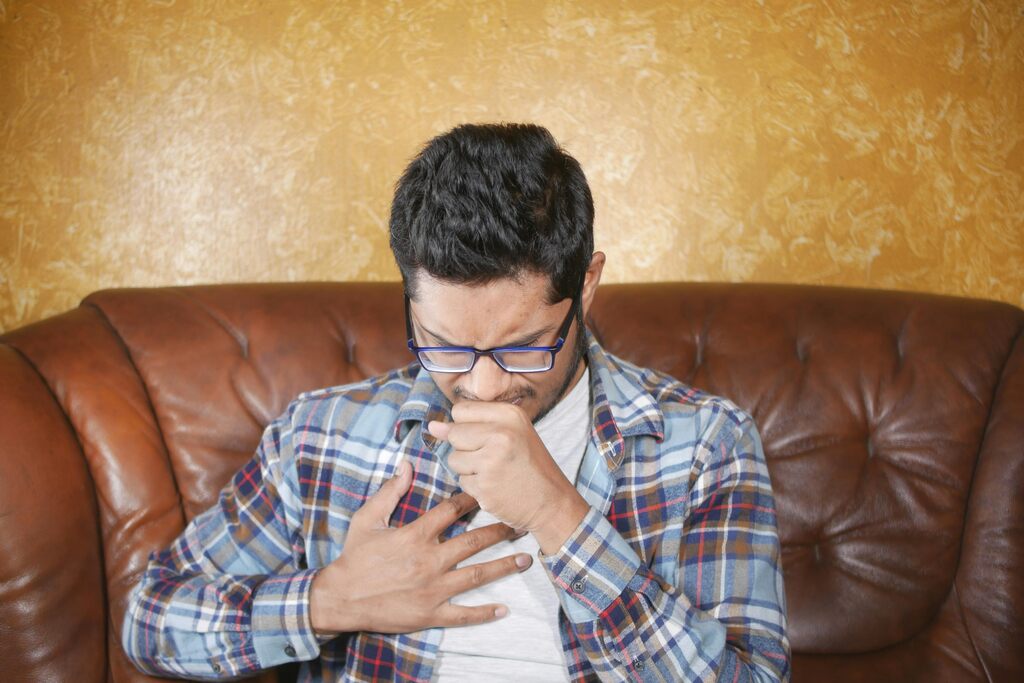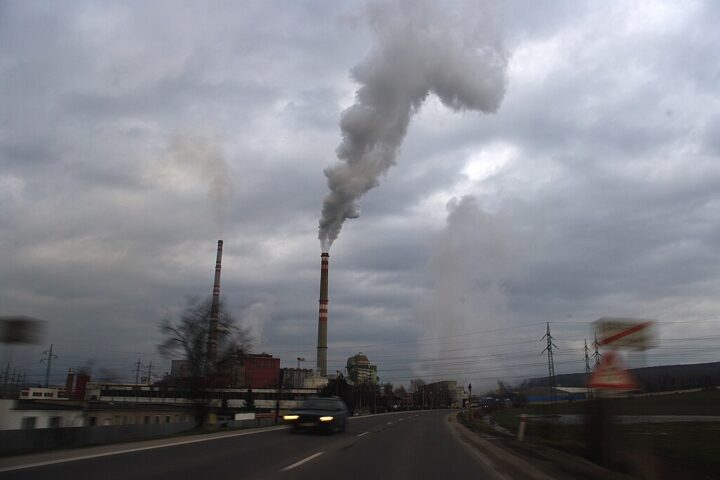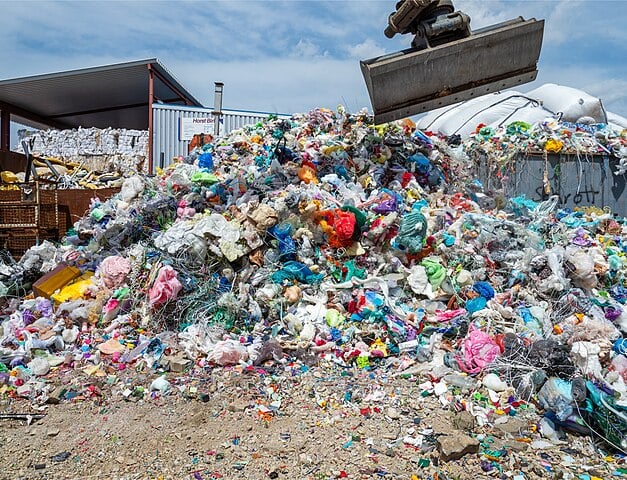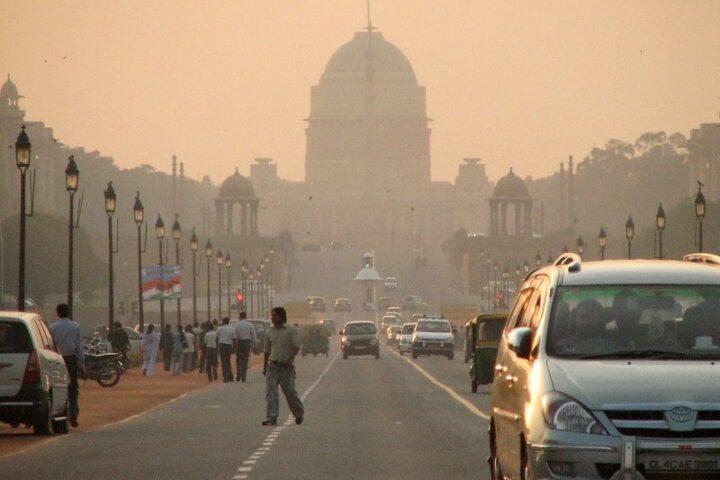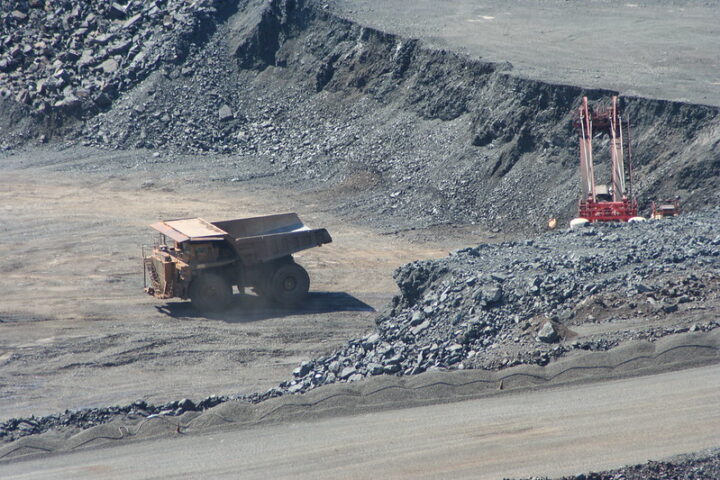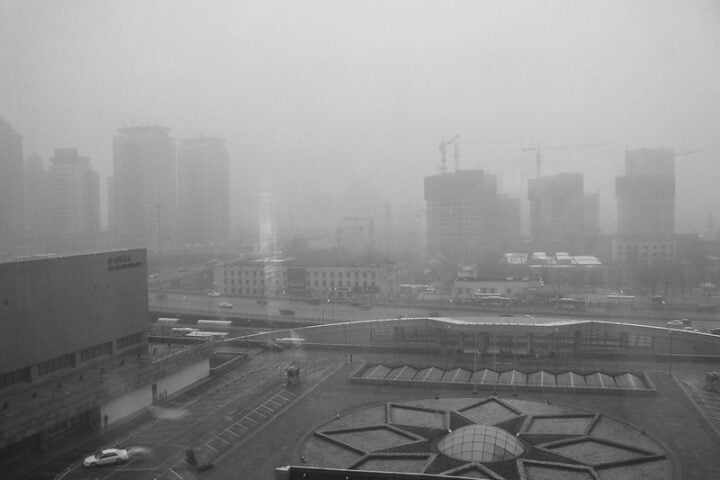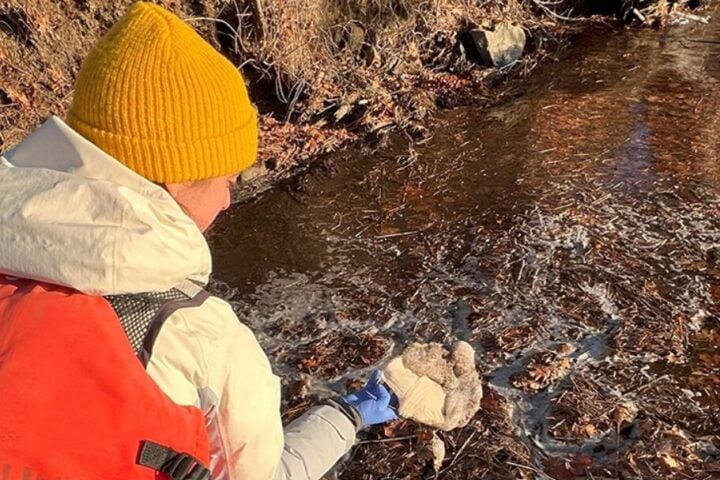American Lung Association’s 2025 “State of the Air” report reveals 156 million Americans—46% of the population—now breathe unhealthy air, a troubling increase of nearly 25 million people compared to last year’s findings. The 26th annual assessment, released April 23, 2025, shows exposure to dangerous air pollution has reached its highest level in a decade, with climate change effects like extreme heat and wildfires significantly worsening air quality nationwide.
The report analyzes EPA monitoring data from 2021-2023 for ground-level ozone (smog) and fine particulate matter (PM2.5 or soot), finding 42.5 million people live in areas receiving failing grades for all three major pollution measures. “Families across the U.S. are dealing with the health impacts of air pollution every day, and extreme heat and wildfires are making it worse,” said Harold Wimmer, President and CEO of the American Lung Association. “Air pollution is causing kids to have asthma attacks, making people who work outdoors sick, and leading to low birth weight in babies.”
A notable shift has occurred in pollution patterns. While western states dominated recent years’ pollution rankings, 2023 saw improved conditions on the west coast but devastating air quality problems in central and eastern regions. This eastward movement resulted largely from Canadian wildfires that sent unprecedented smoke plumes across midwestern and eastern states. During summer 2023, smoke from these fires not only produced harmful PM2.5 but also created conditions that generated ground-level ozone in regions typically free from such problems. Nine states experienced uniform degradation, with worsening ozone levels in all monitored counties—including all 27 counties in Indiana, all 23 in Illinois, and all 17 in Missouri.
Bakersfield, California, continues its unfortunate distinction as America’s most polluted city, topping the list for worst short-term particle pollution for the third consecutive year and maintaining a six-year streak as the metropolitan area with the worst year-round particle pollution. Los Angeles remains the city with the worst ozone pollution—a position it has held for 25 of the 26 years the report has been published. Only two cities—Bangor, Maine, and San Juan, Puerto Rico—earned places on all three “cleanest cities” lists, down from five cities last year, reflecting broadly deteriorating air quality.
The pollution burden falls disproportionately across racial and ethnic lines. While people of color constitute 41.2% of the U.S. population, they represent 50.2% of people living in counties with at least one failing grade. Hispanic individuals face nearly three times the risk of white individuals living in areas with failing grades across all three pollution measures.
Both ozone and particle pollution can trigger serious health effects. Short-term particle pollution reached 77.2 million people—the highest number in 16 years. The report documents the highest recorded number of days with unhealthy (red) and very unhealthy (purple) particle pollution levels in 26 years of reporting. Year-round particle pollution affects 85 million people, while ozone pollution impacts 125 million Americans (37% of the population)—an increase of 24.6 million from last year.
Similar Posts
These pollutants cause premature death and health problems, including asthma attacks, heart attacks, strokes, and preterm births. PM2.5 is particularly dangerous because its microscopic size allows it to penetrate deep into the lungs and even enter the bloodstream, reaching other organs. Long-term exposure is linked to diminished lung development in children, increased risk of diabetes, and cognitive decline later in life. Particle pollution also causes lung cancer.
A critical gap exists in air quality surveillance: the report explicitly states that “more than 72.8 million people live in counties where neither their ozone nor their particle pollution levels are being monitored.” Out of 3,221 counties in the U.S., only 922 monitor for at least one pollutant, creating significant blind spots in understanding air quality risks, particularly in rural areas.
The health burden falls heaviest on vulnerable populations: 34.6 million children under 18 and 25.2 million adults over 65 live in counties with at least one failing grade. People with underlying conditions face particular risks— 2.5 million children and 11.8 million adults with asthma, 6.8 million with COPD, and 9.7 million with cardiovascular disease live in counties with failing air quality. Low-income populations are also disproportionately affected, with 19 million people living in poverty exposed to unhealthy air.
The report expresses concern about environmental protection challenges: “Even as more people are breathing unhealthy air, the federal staff, programs and policies that are supposed to be cleaning up pollution are facing rollbacks, restructuring and funding challenges,” Wimmer warned. “For decades, the U.S. Environmental Protection Agency has worked to ensure people have clean air to breathe, from providing trustworthy air quality forecasts to making sure polluters who violate the law clean up. Efforts to slash staff, funding, and programs at EPA are leaving families even more vulnerable to harmful air pollution. We need to protect EPA.”

Beyond federal action, the Lung Association recommends interventions at state, city, community, and individual levels, including adopting cleaner vehicle standards, investing in renewable energy, and implementing “smart surfaces” solutions like cool roofs and more green space to reduce urban heat. Individuals can protect themselves by checking daily pollution forecasts at AirNow.gov and preparing for extreme weather events.
The full “State of the Air” 2025 report, with detailed data on specific locations and at-risk populations, is available at Lung.org/sota.
Frequently Asked Questions About Air Pollution in America
What does the 2025 State of the Air report reveal about air pollution in America?
The report shows 156 million Americans (46% of the population) now breathe unhealthy air. This is an increase of nearly 25 million people compared to last year. The American Lung Association found pollution has reached its highest level in a decade, with climate change making things worse.
Which cities have the worst air pollution?
Bakersfield, California ranks as America’s most polluted city for both short-term and year-round particle pollution. Los Angeles has the worst ozone (smog) pollution, a position it has held for 25 of the 26 years the report has been published. Only two cities—Bangor, Maine and San Juan, Puerto Rico—qualified for all three “cleanest cities” lists.
How does air pollution affect my health?
Air pollution can cause serious health problems including asthma attacks, heart attacks, strokes, and premature death. It can lead to preterm births in pregnant women. PM2.5 (fine particle pollution) is especially dangerous as it can enter the bloodstream through the lungs. Long-term exposure is linked to decreased lung development in children, diabetes risk, cognitive decline later in life, and lung cancer.
What caused the recent increase in air pollution?
The report points to climate change effects, particularly extreme heat and wildfires. In 2023, massive Canadian wildfires sent unprecedented smoke plumes across midwestern and eastern states. This smoke produced harmful PM2.5 and created conditions that generated ground-level ozone in regions that typically don’t experience such problems. Nine states saw worsening ozone levels in every monitored county.
Who is most affected by unhealthy air?
The pollution burden falls disproportionately on certain groups. People of color represent 50.2% of those living in counties with at least one failing grade, though they make up only 41.2% of the population. Hispanic individuals face nearly three times the risk of white individuals of living in areas with failing grades across all pollution measures. Children, older adults, and people with conditions like asthma, COPD, and heart disease are especially vulnerable.
What’s the difference between particle pollution and ozone?
Particle pollution (PM2.5 or soot) consists of tiny particles that can enter deep into your lungs and even your bloodstream. It comes from sources like wildfires, vehicle exhaust, and power plants. Ozone (smog) forms when pollutants from cars, power plants, and other sources react with sunlight. Both can harm your lungs and heart, but through different mechanisms. The report measures both short-term spikes and year-round levels of particle pollution, plus ozone levels.
How can I check the air quality where I live?
You can check daily air quality forecasts at AirNow.gov. However, be aware that monitoring gaps exist—the report notes that more than 72.8 million Americans live in counties where neither ozone nor particle pollution is monitored. Out of 3,221 U.S. counties, only 922 monitor for at least one pollutant.
What can I do to protect myself from air pollution?
Check daily air quality forecasts at AirNow.gov and limit outdoor activity when pollution levels are high. Consider using air purifiers inside your home. If you live in an area prone to wildfires, prepare by having masks (N95 or better) available. People with respiratory conditions like asthma should work with their healthcare providers to develop an action plan for high pollution days.
What solutions could reduce air pollution nationwide?
The American Lung Association recommends several approaches: protecting EPA funding and staff, adopting cleaner vehicle standards, investing in renewable energy, and implementing “smart surfaces” solutions like cool roofs and more green space to reduce urban heat. Action is needed at federal, state, city, community, and individual levels to effectively address air pollution.
![Big city Los Angeles smog building [photo source: pixabay] [PDM 1.0]](https://www.karmactive.com/wp-content/uploads/2025/04/46-of-Americans—156-M—Now-Breathe-Hazardous-Smog-and-Soot-State-of-the-Air-Report-Exposes-Decade-High-Pollution-1.jpg)
